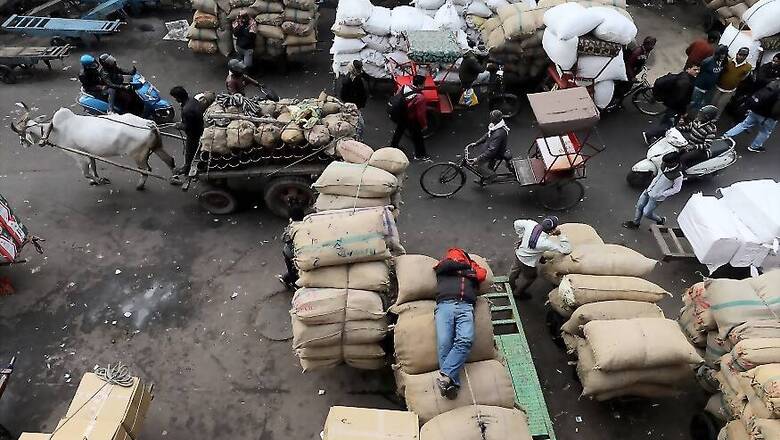
views
New Delhi: Nearly every second car sold in India carries the Maruti brand name. No wonder then that the country’s biggest carmaker was producing, on an average, 208 vehicles per hour in its three manufacturing facilities across in Haryana and Gujarat till March 22.
However, as the country went into a complete and unprecedented lockdown since that week, Maruti Suzuki India had to bring down the shutter of all its factories.
The lockdown has been lifted partially from this week and Maruti is permitted to restart production at one facility in Manesar. But it has chosen not to, though Manesar accounts for a third of Maruti’s total production.
The story is similar for many manufacturing firms making vehicles, auto parts, textiles and other products across big and small factories. They now have the government permission to lift locks at factory gates and start limited production, but haven’t done so.
Reasons for this reluctance vary: for some, patchy availability of spare parts is an insurmountable problem, for others, fear of government action in case even a single worker contracts the dreaded COVID-19 infection is playing spoilsport.
Also, issues such as a severe shortage of labour due to the migrant crisis and broken supply chains are also hampering resumption of manufacturing activity for many sectors.
Maruti Chairman RC Bhargava said his company has not restarted production since availability of all the various components needed to assemble a car is a concern.
“All components have to be present so that a car can be assembled. No car company makes all components itself and unless all vendors are functioning and there is continuous supply, it is not possible to assemble a car,” he said.
A nationwide lockdown of nearly a month and shutting down of factories have taken a huge toll on Indian (and global) economy, with some predictions suggesting India will register a negative GDP growth rate in the current fiscal.
International forecasts have also pointed at an unprecedented global recession, with a similar fate seen befalling many advanced economies as well.
Given this significant level of economic uncertainty, the partial lifting of lockdown in India starting April 20 was expected to help a limited revival in economic activity.
Some factories have indeed opened and some amount of work has begun. For example, construction activities have started in a limited way, works under MNREGA have also begun in some states.
Factories producing essential items such as dal (pulses), atta (flour), and other consumables, have opened. Production of milk and medicines was anyway ongoing even during lockdown.
But factories in many sectors – which account for a large share of India’s production basket – are still shut and manufacturing has remained largely suspended.
There, thus, hangs a question mark over how economic activity can be revived in the short to medium term while also protecting people from the spread of coronavirus.
Take the case of Ludhiana, which is the hub of small-scale knitwear industry with nearly 15,000 units – 90% of these are in the small-scale sector – manufacturing a range of items, including T-shirts, mufflers, sweaters, knickers and so on.
Vinod Thapar, president of Knitwear and Textile Club of Ludhiana, said only about 25 of these units have begun functioning after lockdown restrictions were partly lifted earlier this week. And those which have started are still not producing the usual stuff, they are making PPE kits instead, he added.
“Even if the lockdown were to be completely lifted today, where is the demand for us to continue producing at the earlier scale? The lockdown started when it was time for peak summer supplies of us. Besides very little demand, there is also the issue of proper transportation. It will take minimum three-six months to revert to normalcy if the lockdown were to be lifted entirely,” Thapar said.
The industry here is dependent on migrant labourers and these units paid workers for a month of the lockdown despite not earning during that period.
However, they are now struggling to retain workers as factories remain largely closed and demand ephemeral.
While lack of workers may be an issue for certain labour-intensive industries, stringent rules being imposed by some states and making owners of small and micro units responsible for keeping workers safe from the virus seem to be the single-biggest concern for the small-scale sector.
Anil Bhardwaj, secretary general of the Federation of Indian Micro Small and Medium Enterprises, said some state governments have made the local administration (in Uttar Pradesh for example) responsible for keeping COVID-19 in check.
“This is fine administratively but this could lead to harassment of employers. New rules empower local officials to seal factories, imprison employers. Our association recently issued an advisory that members should not rush to open factories and instead wait for more pragmatic guidelines,” he said.
The association looks after two million enterprises, of which 90% are micro enterprises and about 50% operate in rural areas.
Added to the fear of ‘danda raj’ is a drastic lack of funding options for MSMEs, never mind claims made by the RBI about having injected enough liquidity into the system and having nudged banks to lend more to such firms.
So the combination of fear of local administration’s high-handedness coupled with lack of an ecosystem to sell products (absence of raw material supplies and logistical support) and the absence of funding have ensured that India’s small-scale industries remain shut.
The general consensus emerging from manufacturing firms is of at least three-six months’ time lag between end of lockdown and complete resumption of production.
This, too, can happen only if all the parts of the manufacturing ecosystem are up and running and only when the government steps in with a large fiscal stimulus to keep demand intact.












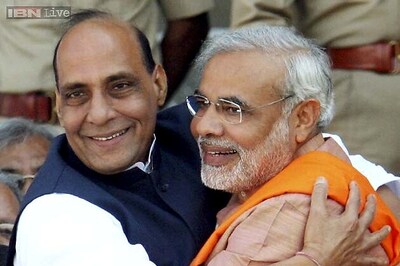

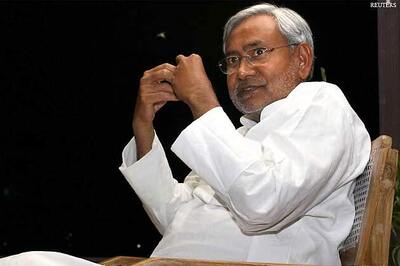
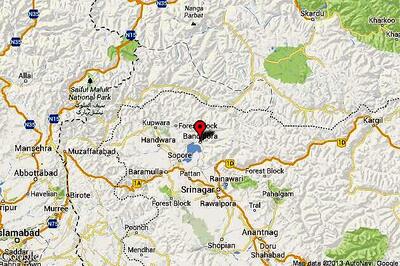
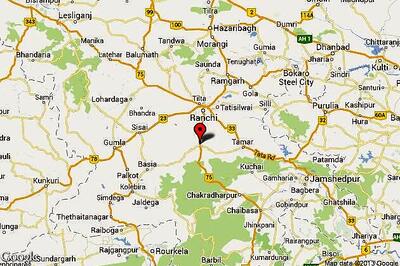


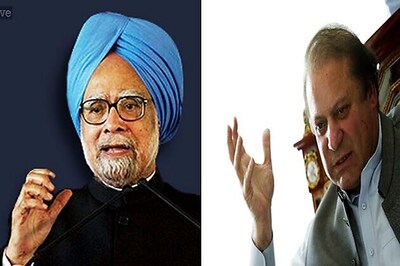
Comments
0 comment